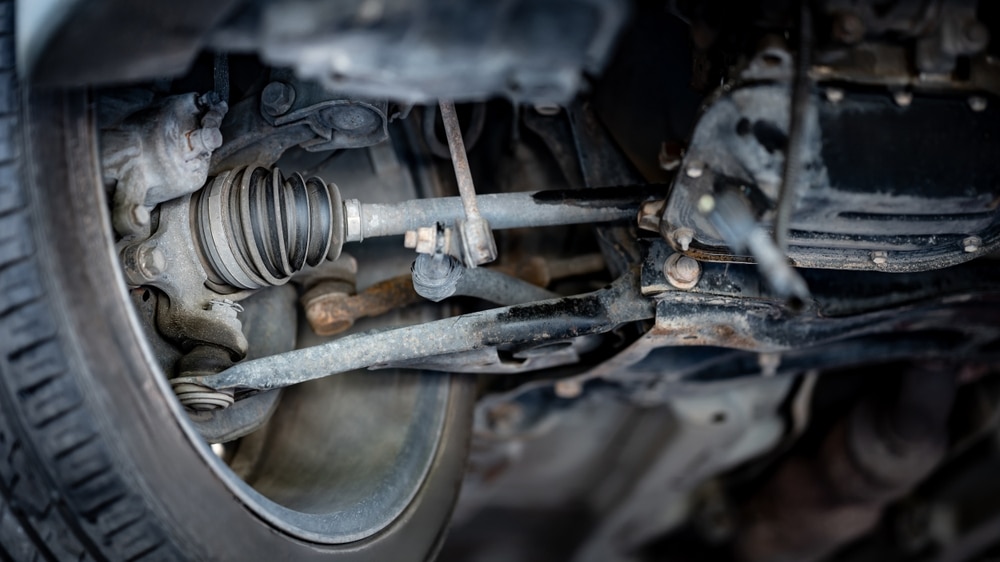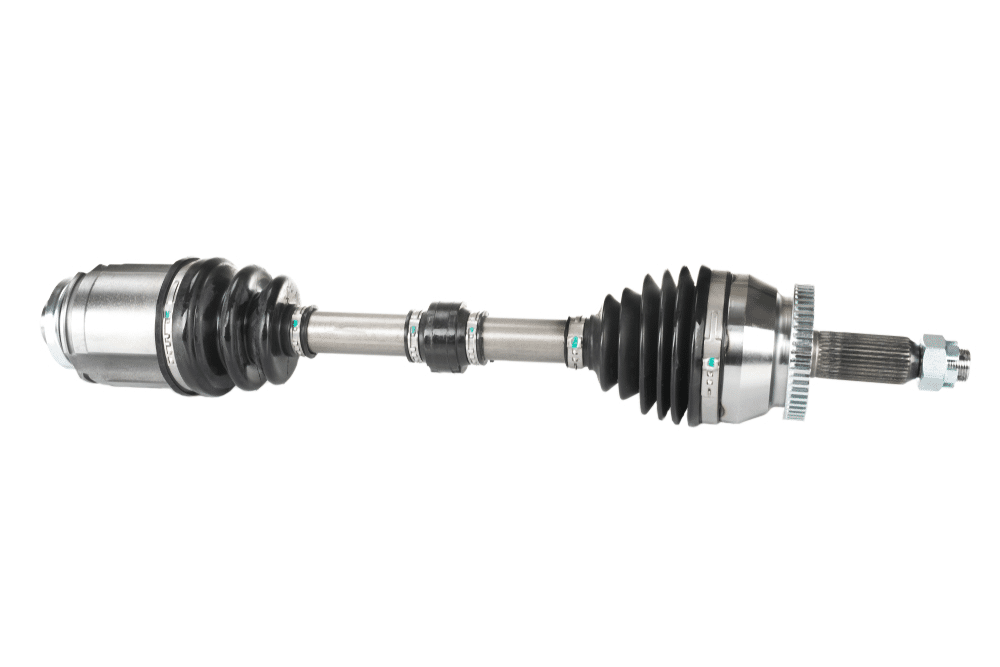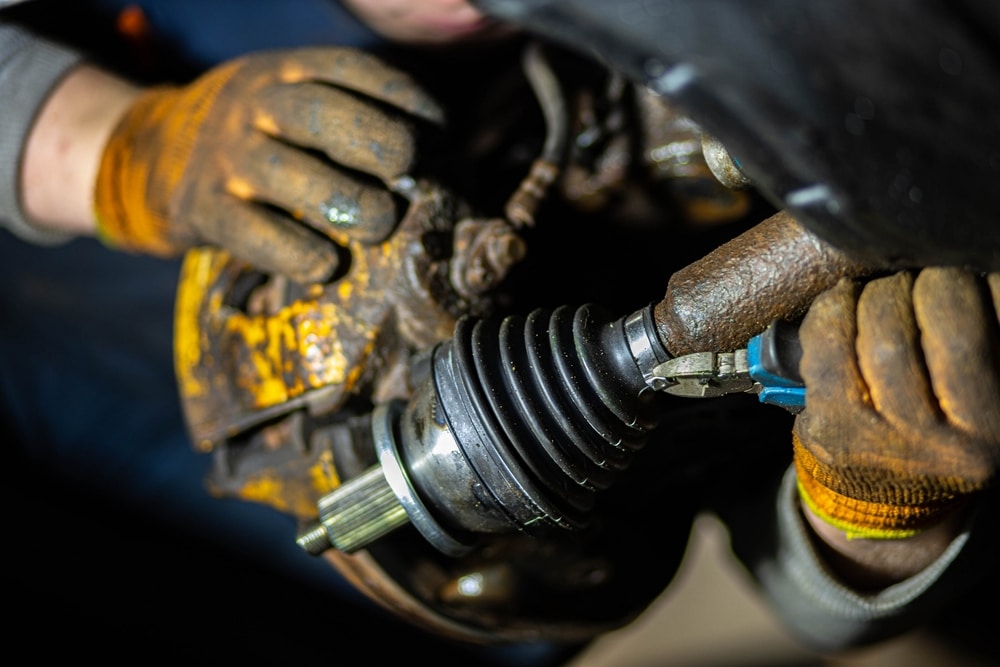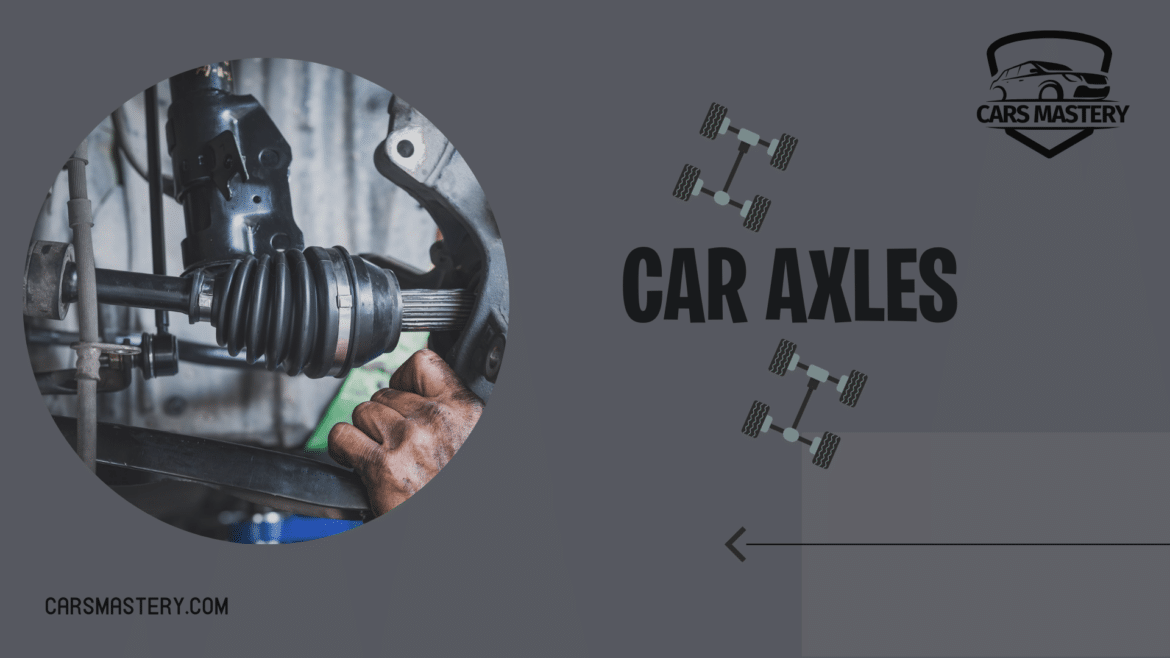Table of Contents
Mastering the know how of your car is an excellent thing. But have you ever have you ever heard about car axles? Do you have any idea how they work? If you own a car, you must have the know-how of the basic parts of a car and how they work. Just like you make sure of the security of your vehicle and install a really upgraded car alarm system inside for security, you need to understand the working of your car as well. Now, at this point, you must be thinking, how many axles does a car have? Yes, however, first, we need to shed some light on what an axle actually does on an automobile. The engine is almost like the soul and life of your car. However, do you know what exactly makes those wheels turn right and left?? Yes, you guessed it right! That wheel axle connects your car wheels to the engine. Let us take this road trip for a deeper study of the workings of axles cars have!
What are Car Axles?
Owning a vehicle requires a lot of maintenance and understanding. Therefore, you must understand each and every little part of your car. Axles for the front and rear wheels are often seen in most autos. The axle, which connects the wheels and transfers engine power, is essential to an automobile. Both front and rear wheel drive vehicles require axles, including CV axle of your Toyota, rear, and stub axles. The driving wheels are connected via the central shaft, guaranteeing efficient power transfer. A new axle may be required when problems with the axel, such as misalignment or clicking noises, arise. Comprehending the distinct kinds of axles, like front and rear, contributes to preserving appropriate wheel alignment and optimal vehicle functionality. Therefore, more axles may be there for truck tractors and other oversized vehicles to sustain their weight correctly. Let us first types of car axles.

Types of Axles on a Car
Here are some of the types of car axles you must know about.
Back Axles
The rear axle propels the car’s driving wheels.
- It transfers power to the wheels and allows for independent rotation thanks to a differential between two half-shafts.
- Hence, the wheels exert considerable rotating stresses on the rear axles.
Front-Pin Gear
The front axle, located in the front of the car, supports steering and cushions shocks from uneven terrain.
- It consists of necessary parts such as the beam, stub axle, swivel pin, and track rod.
- Hence, usually made of solid materials like carbon steel or nickel, front axles are designed to endure the strains of driving and steering.
Stub Axle
Another type of car axles are the stub axles.
- Stub axles use kingpins to link the car’s front wheels to the front axle.
- They are far more maneuverable than normal axles, particularly in confined situations and during fast turns.

How Many Axles Does a Car Have?
Here’s a look at how many axles your car typically has. Let’s see.
- Basic Overview of Axles: One axle is typically there in every two wheels of a vehicle. Typically, a four-wheeled standard automobile has two axles.
- Changes in the Axle Count in a Car: Additional axles may be present in larger vehicles. For extra support, particular big pickup trucks, for instance, feature an additional axle.
Rear Axle versus Front Axle
Let us understand the basic difference between the front and the back axles of a car.
Front Axle
- More robustly constructed.
- Manages the steering.
- Shocks from uneven surfaces are absorbed.
Rear Axle
- Generally made up of two half shafts is the rear axle.
- Provides power to the wheels of cars with rear-wheel drive.
Drive Configurations
For the different kinds of drive configurations, here is a look a the axles in your vehicle.
- Four-wheel drive: The axles in the front and back are active.
- Front-wheel drive: Front-wheel drive systems have a single live axle.
Knowing axles makes it easier to understand vehicle maintenance requirements and mechanics.

Floating Axles in a Car
Here’s a closer look a the floating types of axles in a vehicle.
Axles that Semi-Float
- Found in passenger automobiles with rear-wheel drive, AWD and SUVs.
- It uses a single bearing to transmit driving torque and support the vehicle’s weight.
- The wheels you need to eliminate to disassemble the axle.
Floating Axles for Three Quarters
- More intricate and dependable than axles with semi-float.
- Manages side thrust and driving torque using two bearings.
- Improves wheel alignment for increased performance and stability.
- Frequent in certain larger race vehicles and heavy-duty trucks.
- More weight may be supported because the bearings are mounted on a spindle.
- Also, the axle shaft that connects improves load capacity and safety by not relying on the weight-bearing duty.

Final Thoughts
As we finally come to an end, it is essential to know about axles car have work for proper vehicle performance. Axles for the front and rear wheels are often seen in most autos. These axles supply power and support weight and are there for an attachment to the wheels. Rear axles, particularly in cars with rear-wheel drive vehicles, control driving force, whereas front axles are responsible for steering. The CV axle, rear axle, stub axle, and axle shaft are examples of axle types. Problems such as misalignment or clicking sounds may indicate that an axle replacement is necessary.
In conclusion, ensuring smooth functioning requires an understanding of axle components and axle issues and proper wheel alignment. Hence, effective car maintenance requires knowing how many axles a car has and how they function.
POWER UP YOUR CARS!

